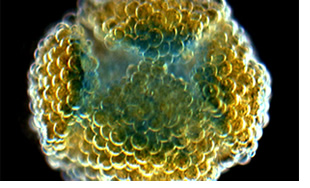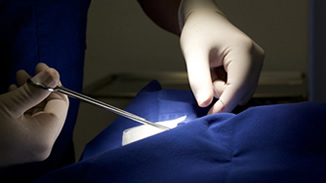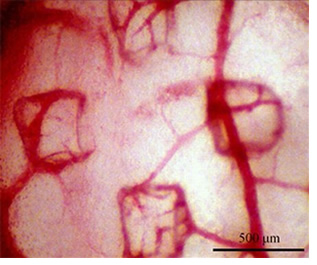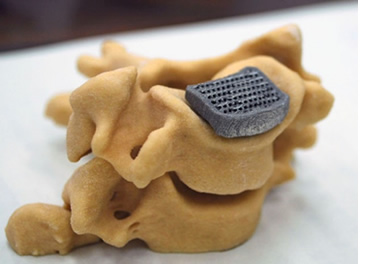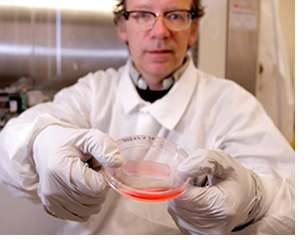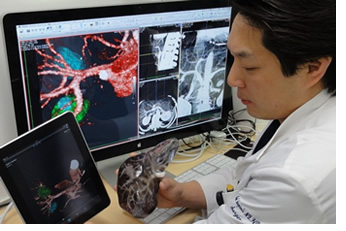3D Printing Intervertebral Discs
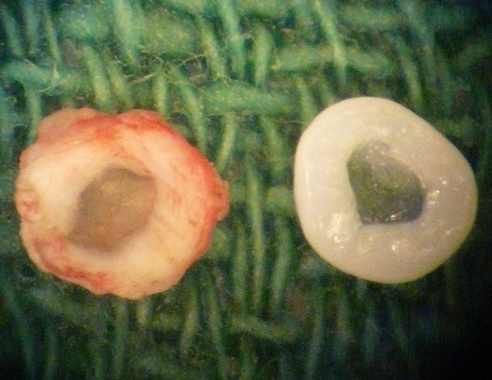 The modern day plague that is lower back pain, is an ever more apparent problem in a world where most of the work is done when sitting down – and also more often than not in what could be called ergonomically functional conditions. However, whether the aching back is seemingly caused by sitting or some other reason, the main culprit is typically something inside your back called an intervertebral disc – or IVD – and the degeneration process thereof. Researchers at Cornell University have been studying this ailment – from which an estimated 30 million people in the US alone are suffering – and its treatment possibilities, on which they estimate a whopping $90 billion is being spent every year. Even though this kind of money is being spent in this area, the prognosis isn’t always that good even when throwing your money at the treating M.D. – e.g. surgery on your lower back might cause further damage to the adjacent discs and thus even more serious problems for the health of the patient.
The modern day plague that is lower back pain, is an ever more apparent problem in a world where most of the work is done when sitting down – and also more often than not in what could be called ergonomically functional conditions. However, whether the aching back is seemingly caused by sitting or some other reason, the main culprit is typically something inside your back called an intervertebral disc – or IVD – and the degeneration process thereof. Researchers at Cornell University have been studying this ailment – from which an estimated 30 million people in the US alone are suffering – and its treatment possibilities, on which they estimate a whopping $90 billion is being spent every year. Even though this kind of money is being spent in this area, the prognosis isn’t always that good even when throwing your money at the treating M.D. – e.g. surgery on your lower back might cause further damage to the adjacent discs and thus even more serious problems for the health of the patient.

